
So you’ve learned All About Heart Words, discovered The Heart Word Approach, and are ready to jump right in. How exciting! As effective as this approach is for teaching new heart words to students, they will still need regular practice with the words to reach mastery. Follow the Heart Word Mastery Game Plan below to turn your students into heart word masters and track their progress the entire way. I like to keep all of these materials in individual binders or file folders for each student to make things easier and promote independence.
Before You Begin
Some teachers are provided with a specific scope and sequence for teaching “sight words” (see my last blog post to understand why I put this term in quotes). They are told exactly which words to teach and when. If this applies to you, you are ready to head right into Step 1! If not, you will need to determine your trajectory first. Knowing which irregular words you want your students to be able to read and write throughout the year is a key factor to success. I break my heart words into lists of ten words each, grouped by spelling patterns. You can snag my lists here or check out this Heart Words Phonics Database if you want to create your own lists.
Step 1: Pre-Assess Spelling of Heart Words
You have to know what your students know before you can know what you need to teach them! I do not consider heart words to be mastered until the student can spell the word on command without support. Because of this, I use a spelling test as my pre-assessment. For younger students, I will only assess one list of 10 words at a time. For students who I know have more stamina and have already mastered many heart words, I will assess multiple lists at once. Here are the pre-test sheets I use, which you can find in the Heart Words DIY Templates.


Step 2: Make a Schedule for Introducing Heart Words
This step also varies slightly by group. If I have a group of students whose pre-assessment data tells me are are all close to the same level of mastery, we will all follow the same heart word learning schedule. This is most common for my Kindergarten and 1st grade students, since they have had the least amount of exposure to heart words due to their age. I use their pre-tests to determine which words they still need to learn and then plan out which words I will teach each day/week on a separate calendar for each group.
Individualized Learning Schedules
For older students, or groups of students who are at very different stages of mastery, I will lead them in planning their own learning schedule for mastering their heart words. This does require a lot of planning and modeling, but has led to so much student ownership and excitement around learning.
After students have taken their pre-test, I task them with tracking their initial level of mastery. Depending on how many words they have already mastered, I use one of the two mastery trackers below. Students trace or highlight the words that they spelled correctly on the pre-test and leave the other words blank.

Once they have identified the heart words that they still need to master, they plan the order in which they will learn them. I give each student a calendar and explain how often we will be learning new heart words. They then write the word(s) they will study each day on the calendar and use it to guide their learning. When they have planned their learning for the month, I will make all the copies of practice items they need and put them in their folders or binders so that they are ready to go.

Step 3: Introduce New Heart Words
The most effective way I have found to teach any language skill is to address it through as many language domains (reading, writing, listening, and speaking) as possible. When students learn a new heart word, they practice it in all four language domains on day one to help it stick. You can read all about introducing words through the Heart Word Approach here. Everything you need to introduce and practice any heart word you can imagine is included in the Heart Words DIY Templates. Since my group time with students is generally pretty short, I only introduce a maximum of one new heart word per day. You can move at whatever pace fits best with your classroom needs.

Step 4: Practice Daily
The methods you use to get students practicing their learned heart words are completely up to you and your class structure and schedule. These are my favorite ways to practice with students on a regular basis and are all included in the Heart Words DIY Templates.
Daily Heart Words Spelling Check-In
The fist page in every students’ binder is a one-page check-in that I store in a sheet protector. This way, they can write on it with a dry-erase marker and use it over and over again. The page has ten handwriting lines, but you can use it to assess as many or as few words as you have time for. I simply read the heart words off like giving a spelling test and, of course, only use words that have already been formally introduced to students.
The editable template also includes a space to type the student’s name. I like to have this permanently on the page to make organizing supplies simple. I also like to type it in a font that students can trace so they can have daily practice of proper letter formation of the letters in their name. My favorite font for tracing is KG Primary Dots Lined by Kimberly Geswein.

Reading Heart Words Drill
For students to have mastered a heart word, they also need to be able to read it with automaticity. To practice this skill, I use Heart Word Reading Drill Slides that I project onto my whiteboard. I sort the slides to include only words that students have been taught and flip through them quickly. Each slide contains the heart word and shows clear division of graphemes that are color-coded by phonics feature. Each word also has a heart underneath that indicates the “heart part” that is irregular. You can grab 800+ Slides of High Frequency and Heart Words mapped for you from my TpT shop.

When students see a new slide, they read the word quickly. They then spell the word to help solidify the names of the letters in the target word. To add movement into the routine, I will have students sky write the word in the air as they spell or trace the letters on a tactile surface as they say them. We also make a heart with our hands when we spell the “heart part.”
If your students are following their own heart word learning schedules, they can create their own heart word cards printed on cardstock for their reading drill. Each time they learn a new heart word, they can add it to their stack of cards to practice. You can also attach them all together on a binder ring for easy storage. When they are making their own cards, be sure they mark the heart part!

Heart Word Segmentation
This activity is especially helpful for students who still need support in their phonemic awareness skills. Using heart words that they have already been taught, we review their phoneme segmentation using Segmenting Boxes. Depending on the needs of the students, some groups will write the individual graphemes of the word in each box, while other groups will only use manipulatives to map the sounds they hear. We practice five to ten heart words in one session. The page of Segmenting Boxes is great to laminate or store in a sheet protector so students can reuse it.

Reading Heart Word Anchor Sentences
Remember those anchor sentences students wrote when learning each heart word? Another great way to add some super quick practice into the day is to have them read through all of the anchor sentences they wrote. After they read each sentence, be sure they identify the irregular heart part.

Step 5: Assess Understanding in Context
My absolute favorite way to assess students’ mastery of heart words is through sentence dictation. In this activity, the teacher pre-plans phrases or sentences for students that include the heart words they are mastering and any phonics skills that may need reinforcement. The teacher reads the phrase/sentence to the student and the student writes the phrase/sentence they hear. They then determine whether what they wrote was a complete sentence or just a phrase and check their conventions. For this step, I use either the acronym COPS (Capitalization + Order + Punctuation + Spelling) or CAPS (Capitalization + Arrangement + Punctuation + Spelling). This encourages independence when checking their writing for important parts.

It is also important to assess students’ ability to read the heart words they have learned. You can give students individual sentences to read or find decodable books that contain the heart words they have learned.
Step 6: Track Mastery of Heart Words
Students will use the same mastery trackers they used when creating their learning schedules in Step 2. As they master new heart words, they can trace or highlight the word on their tracker. I like to print these pages on cardstock, three-hole punch them, and keep them in their binders.
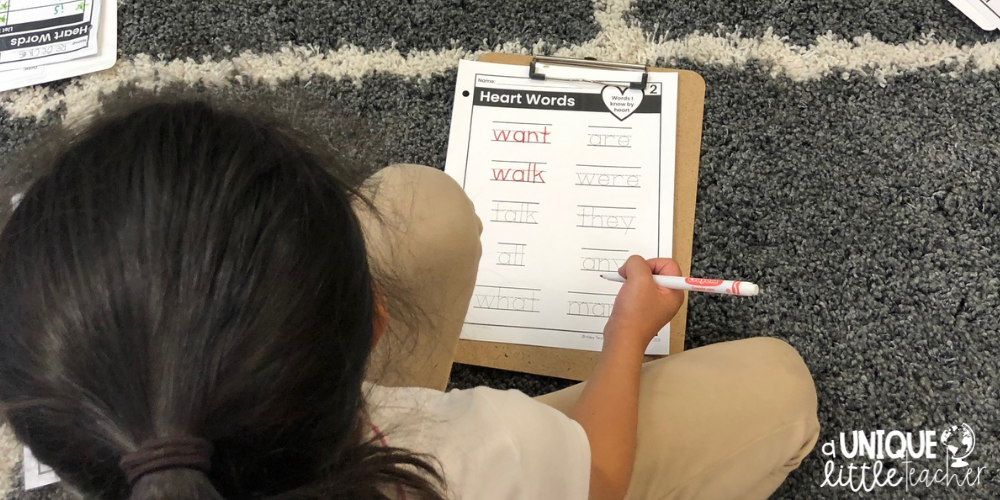
Ready to get started?
You have several options as you continue on your “Heart Word Teaching Journey.” Consider it a choose-your-own adventure of sorts. 😉
- Get 630 of the most common High Frequency + Heart Words sorted by phonics features, along with color-coded, pre-mapped, 100% editable Google Slides™ in this done-for-you resource.
- Create your own lists using the Phonics Database of over 1,000 High Frequency + Heart Words (including all words from both the Dolch and Fry Sight Words Lists).
- Use these Heart Words DIY Templates to jump right in with an existing list of heart words.
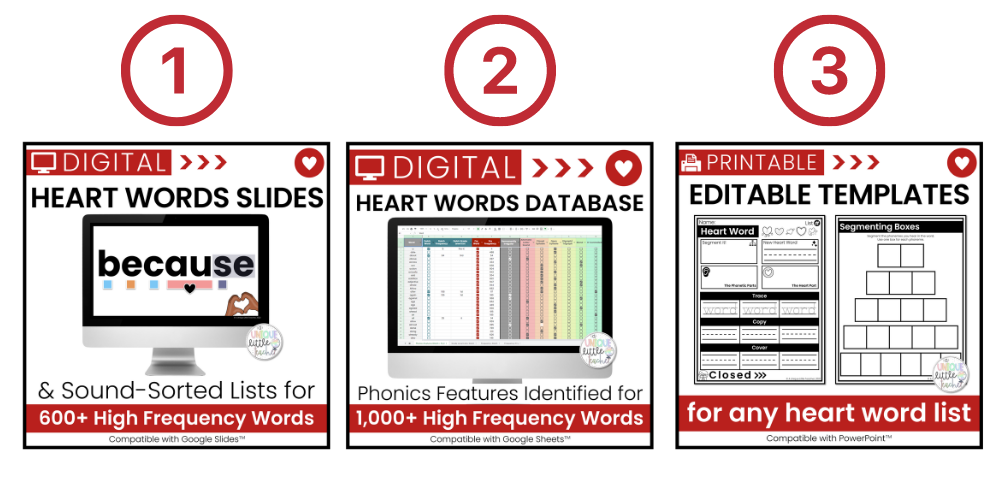
Have more questions? I am here to help! Shoot me an email at haley@auniquelittleteacher.com or send me a DM on Instagram or Facebook @auniquelittleteacher so we can chat.

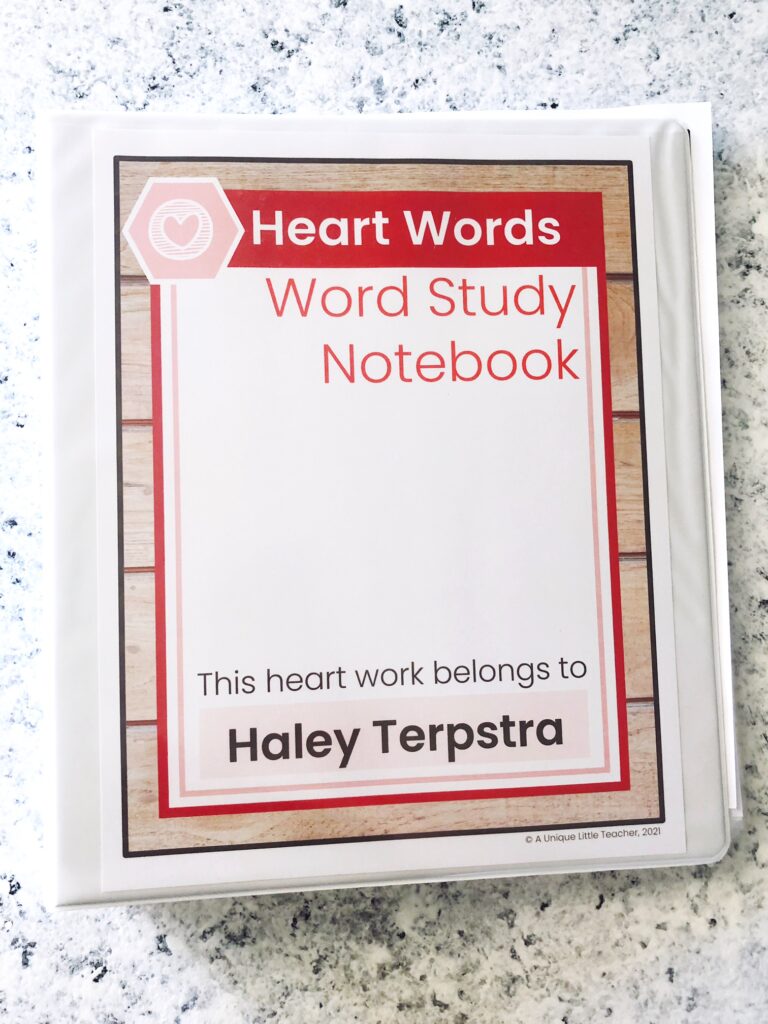


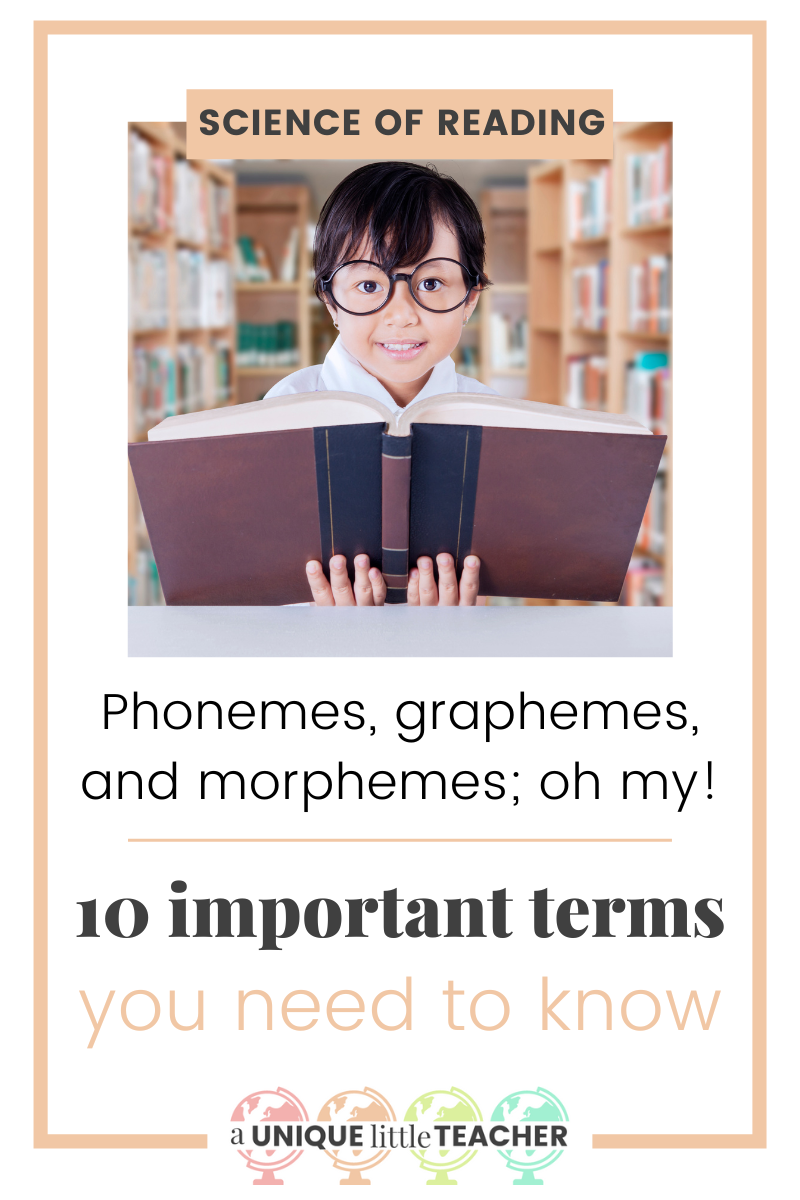
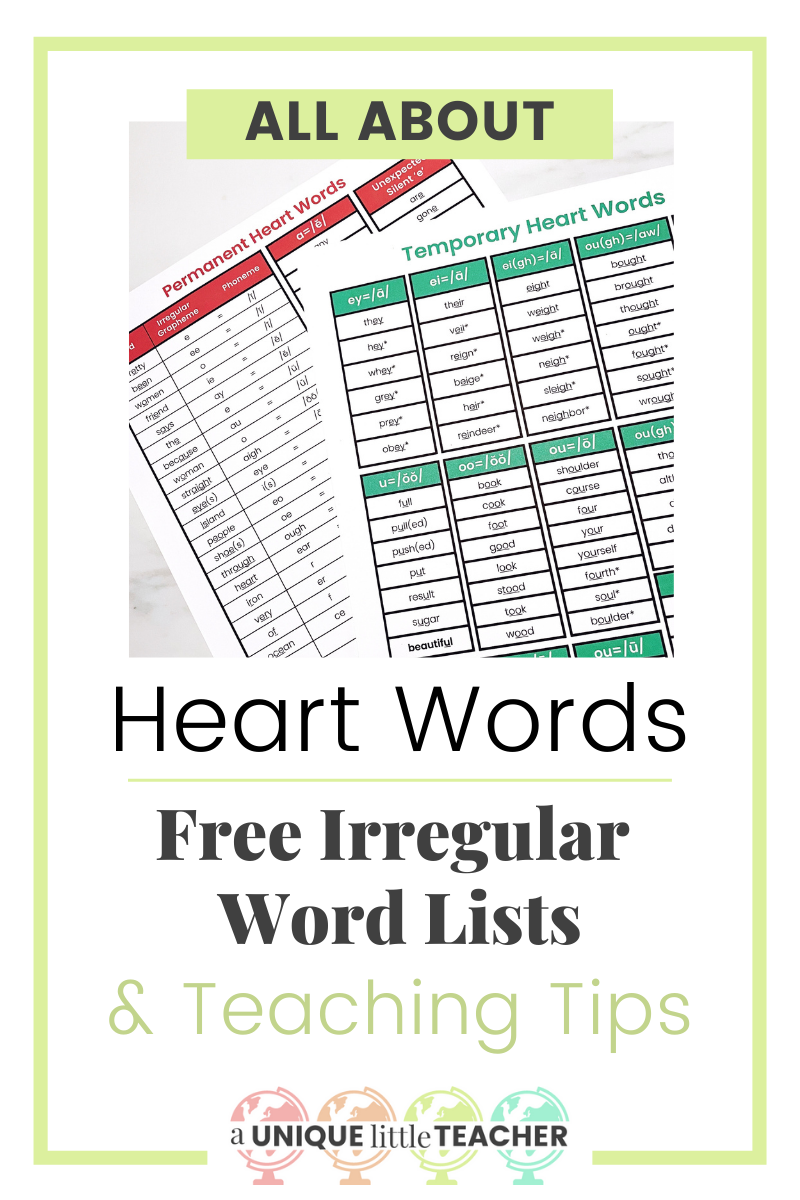


2 Responses